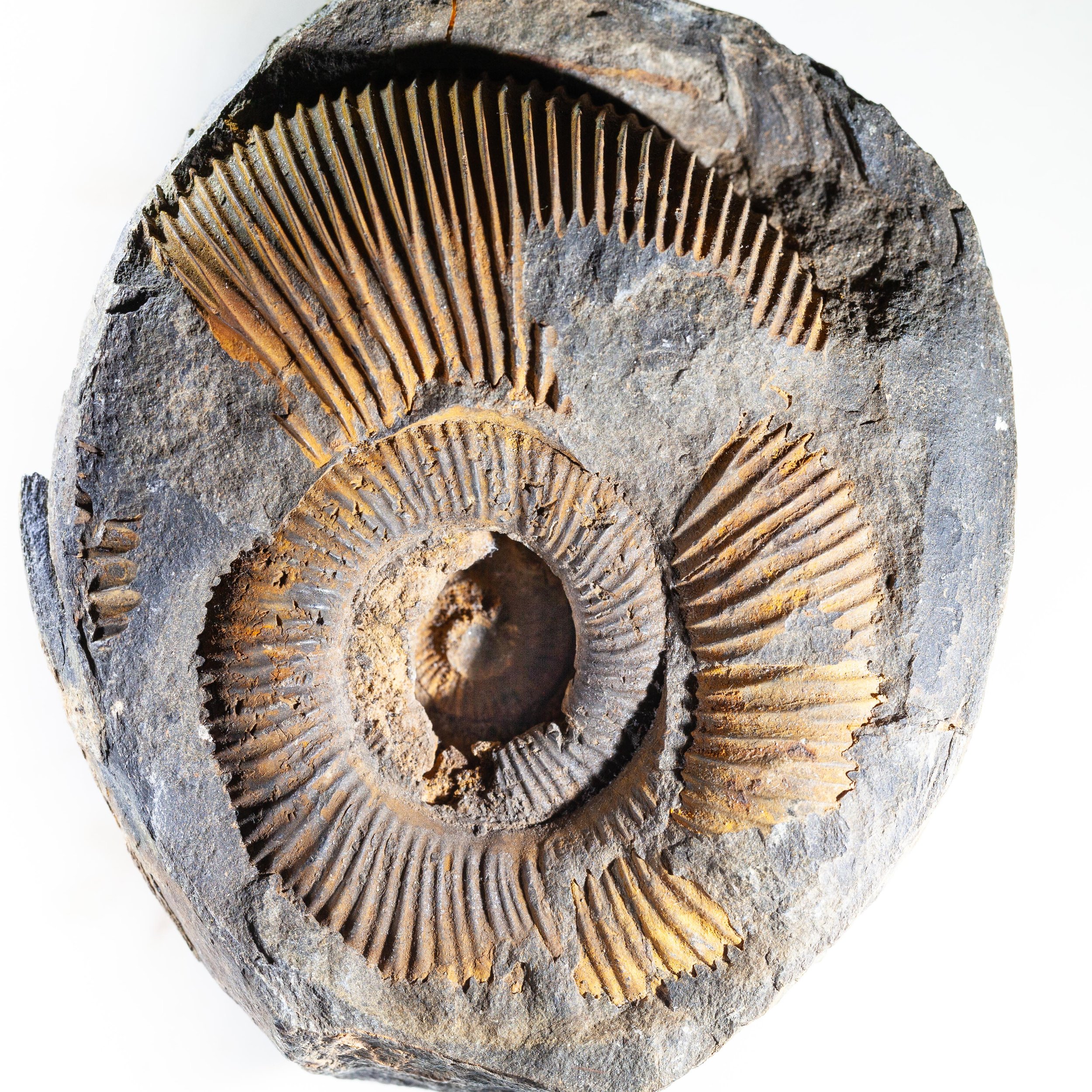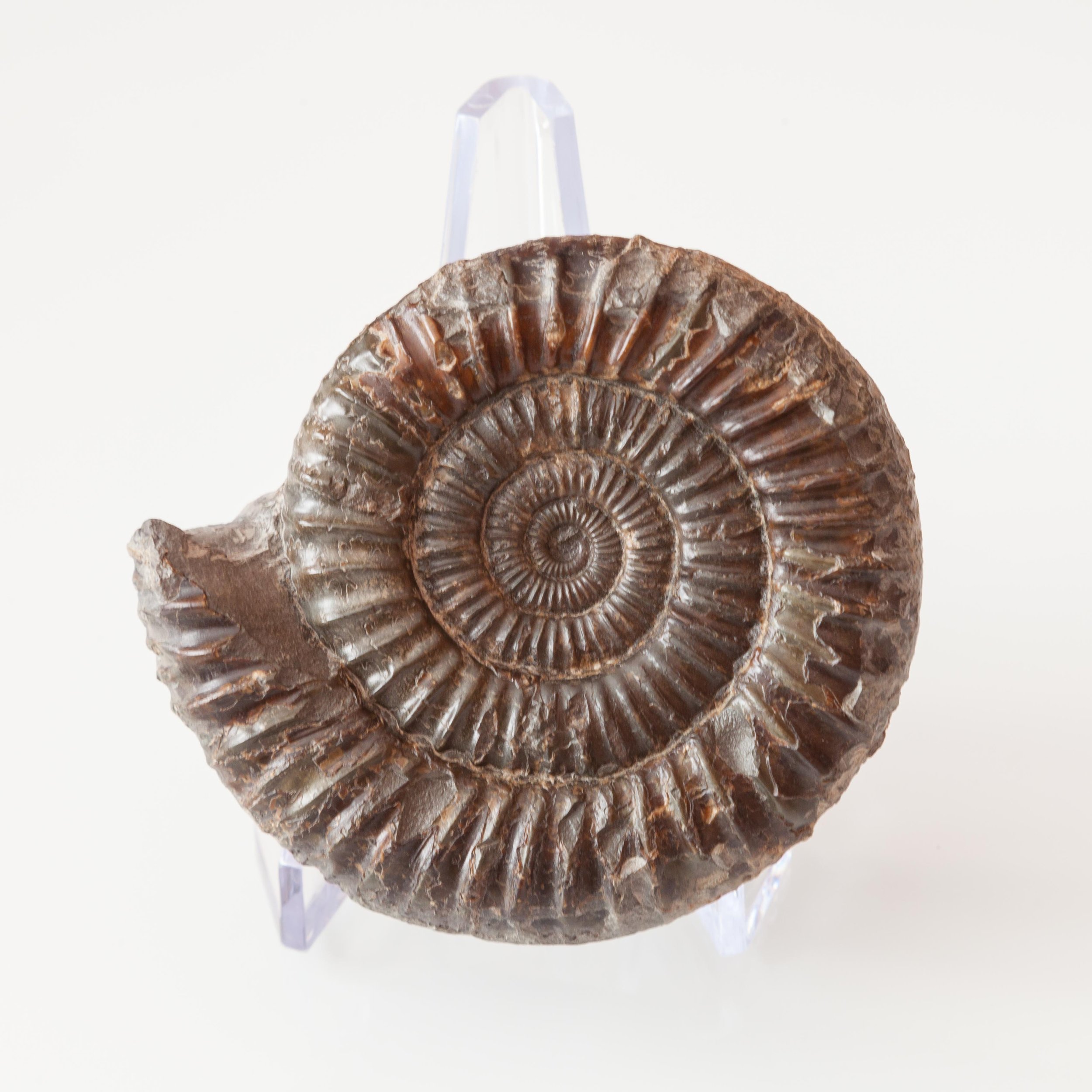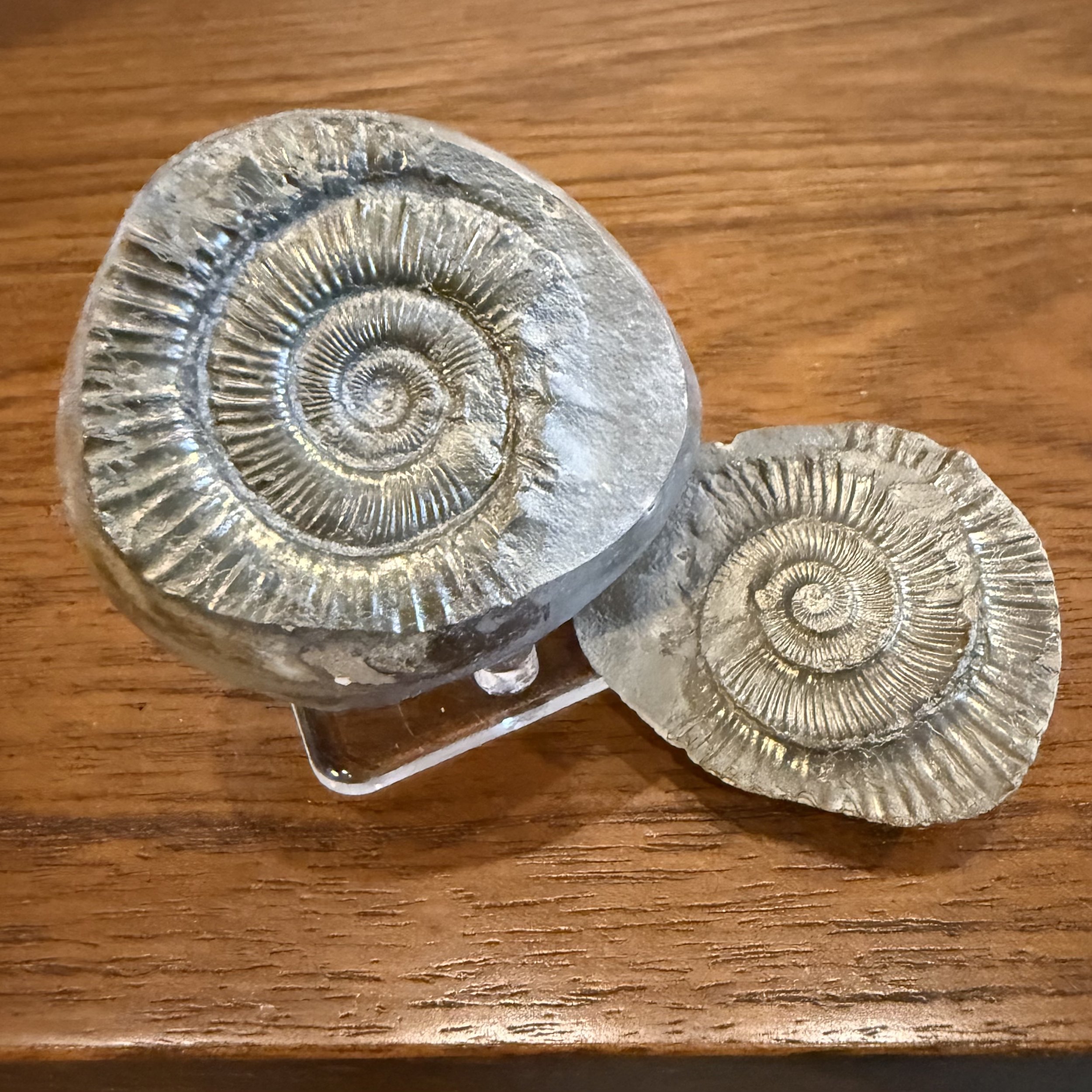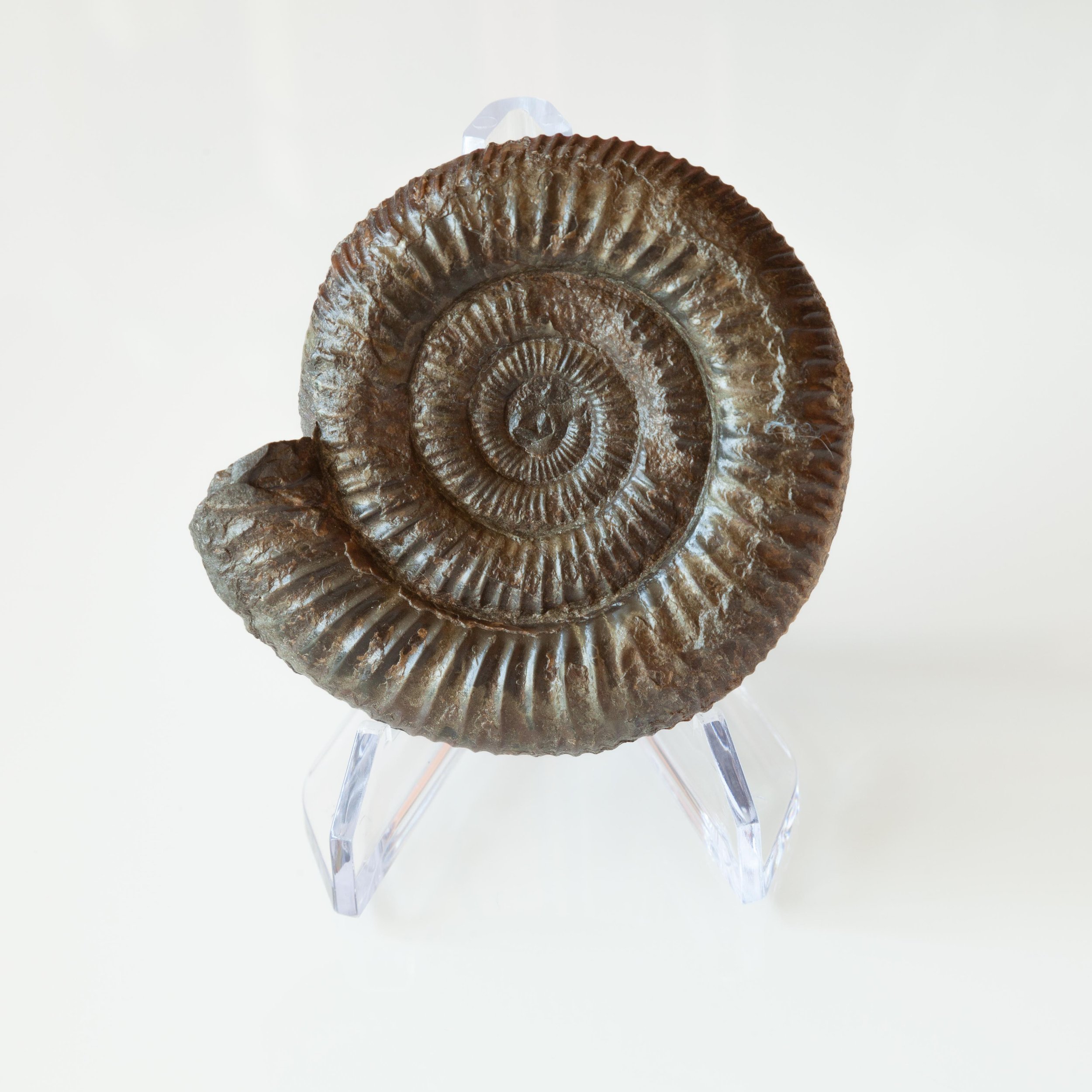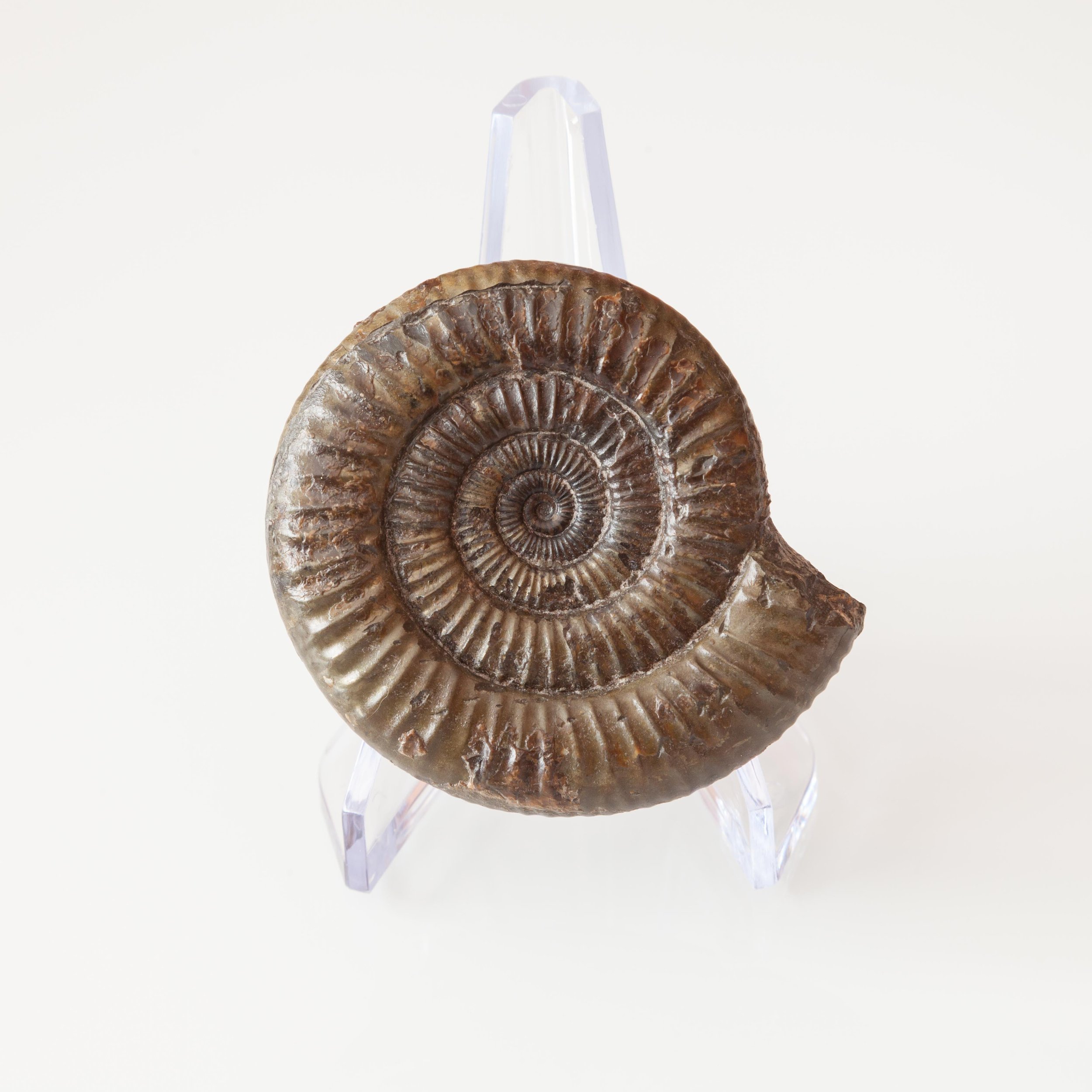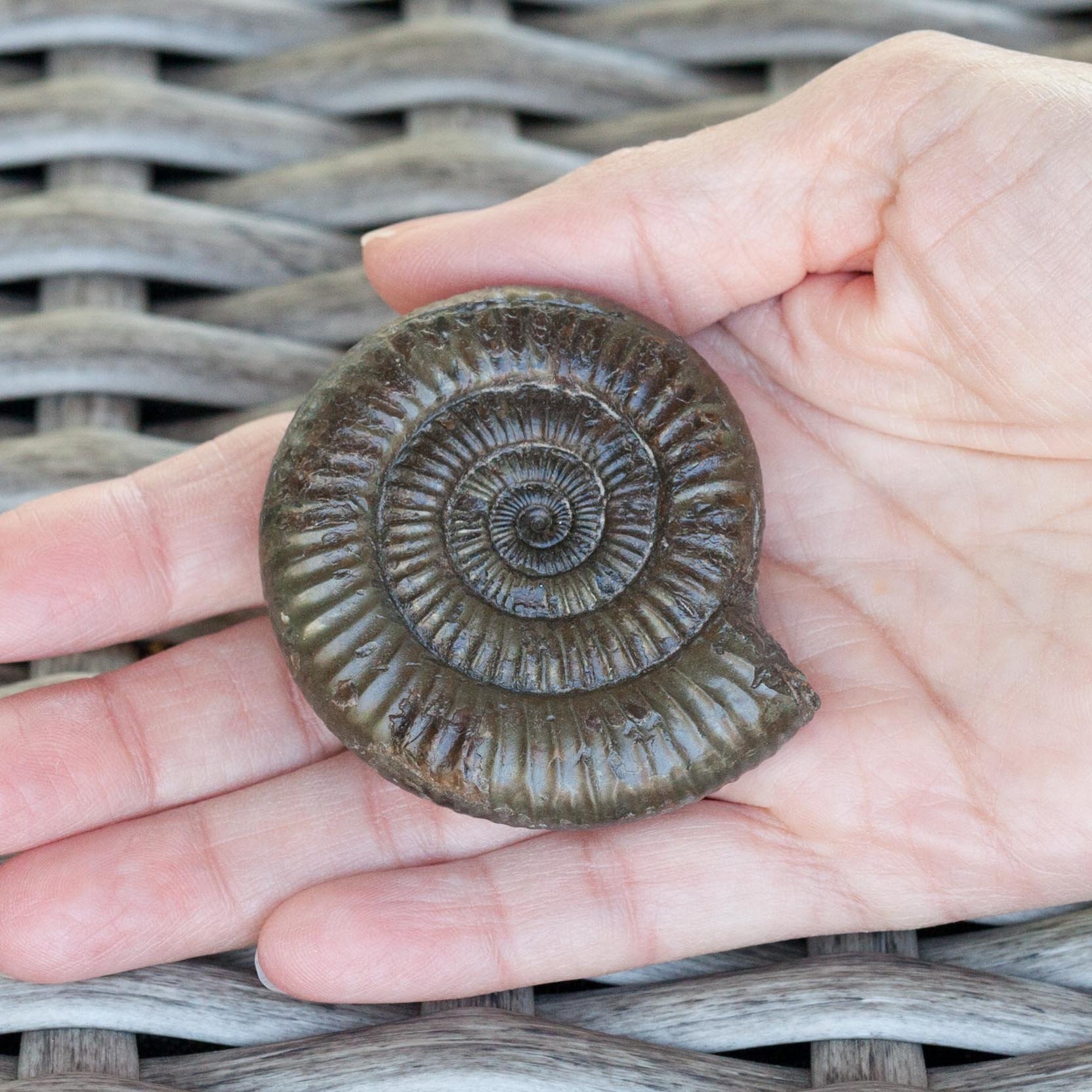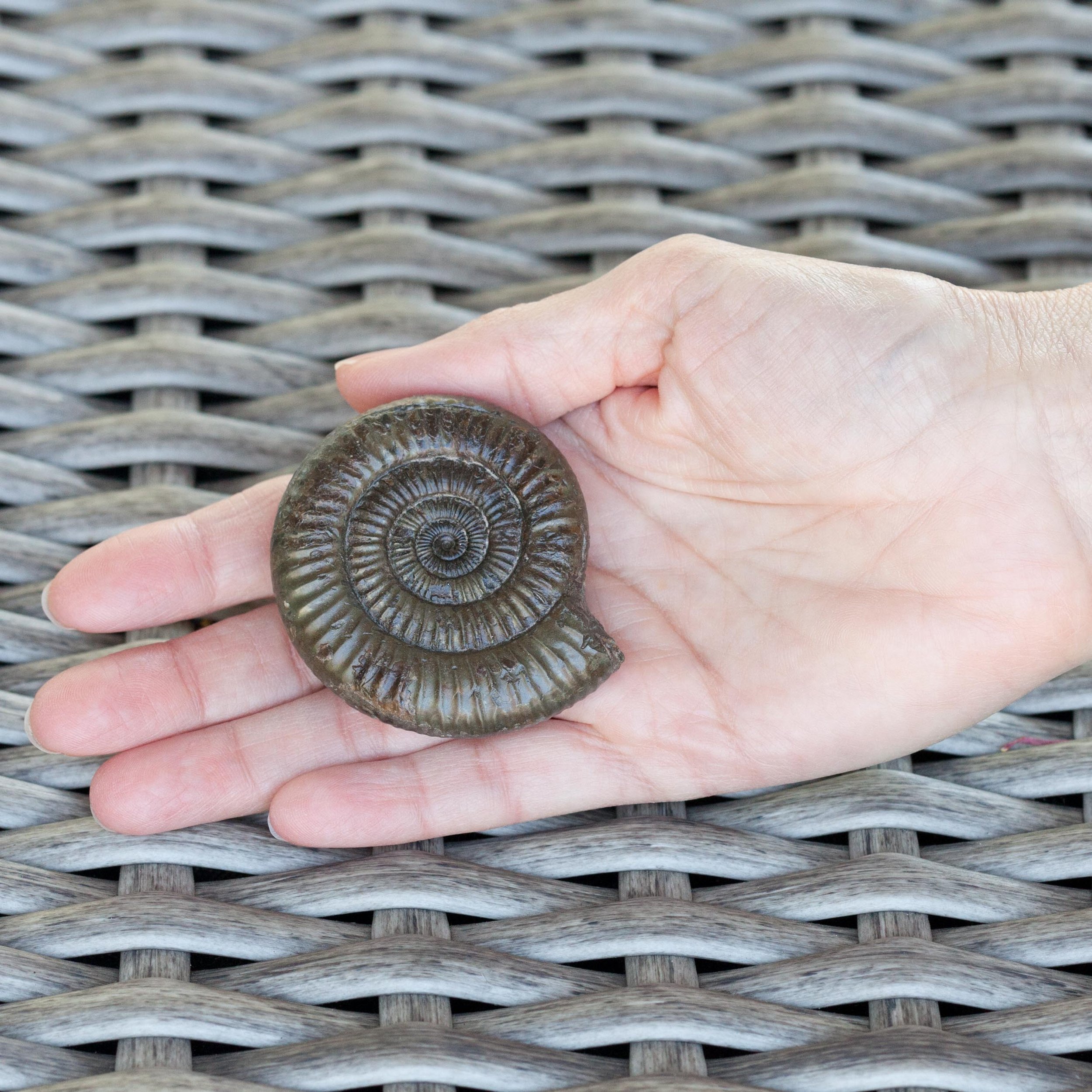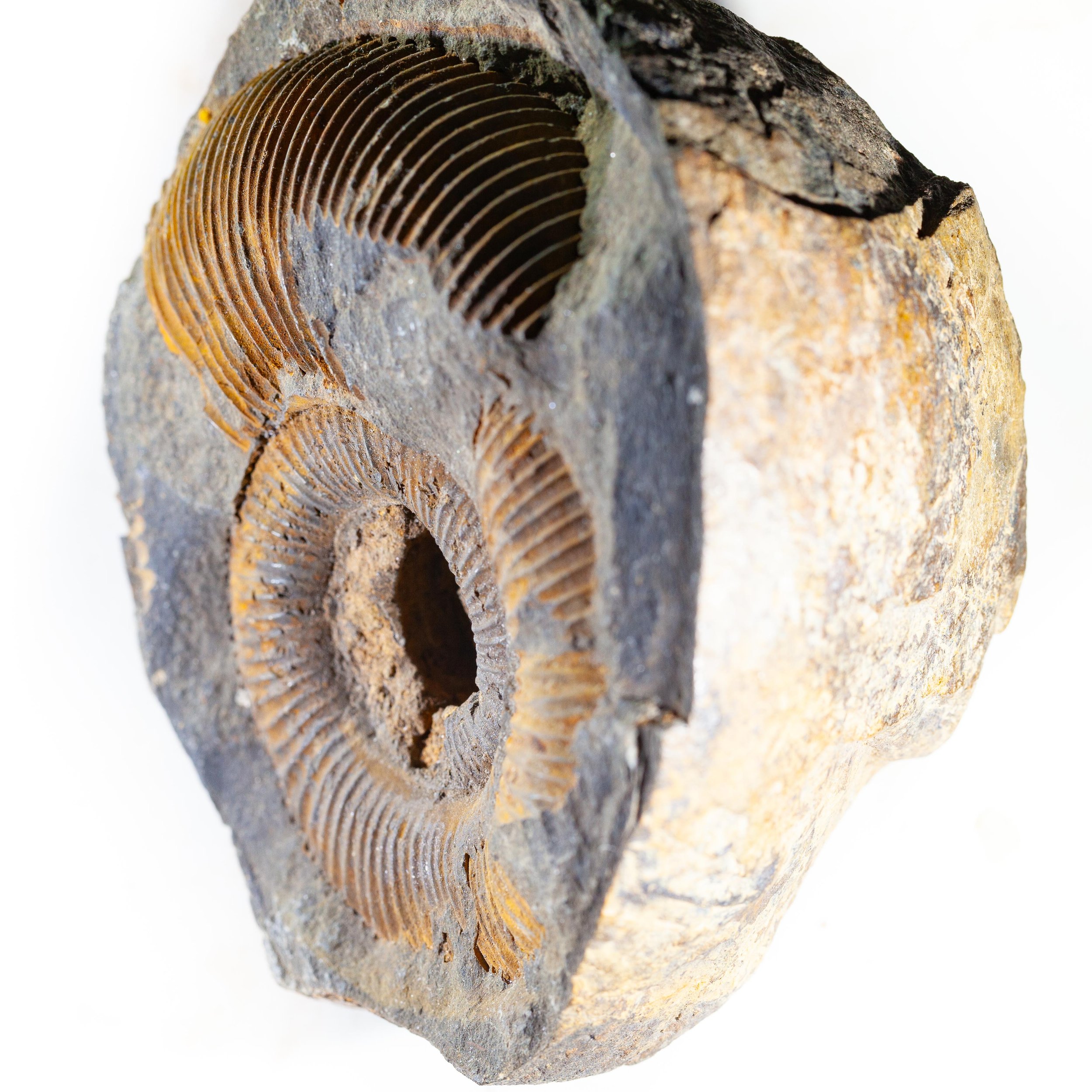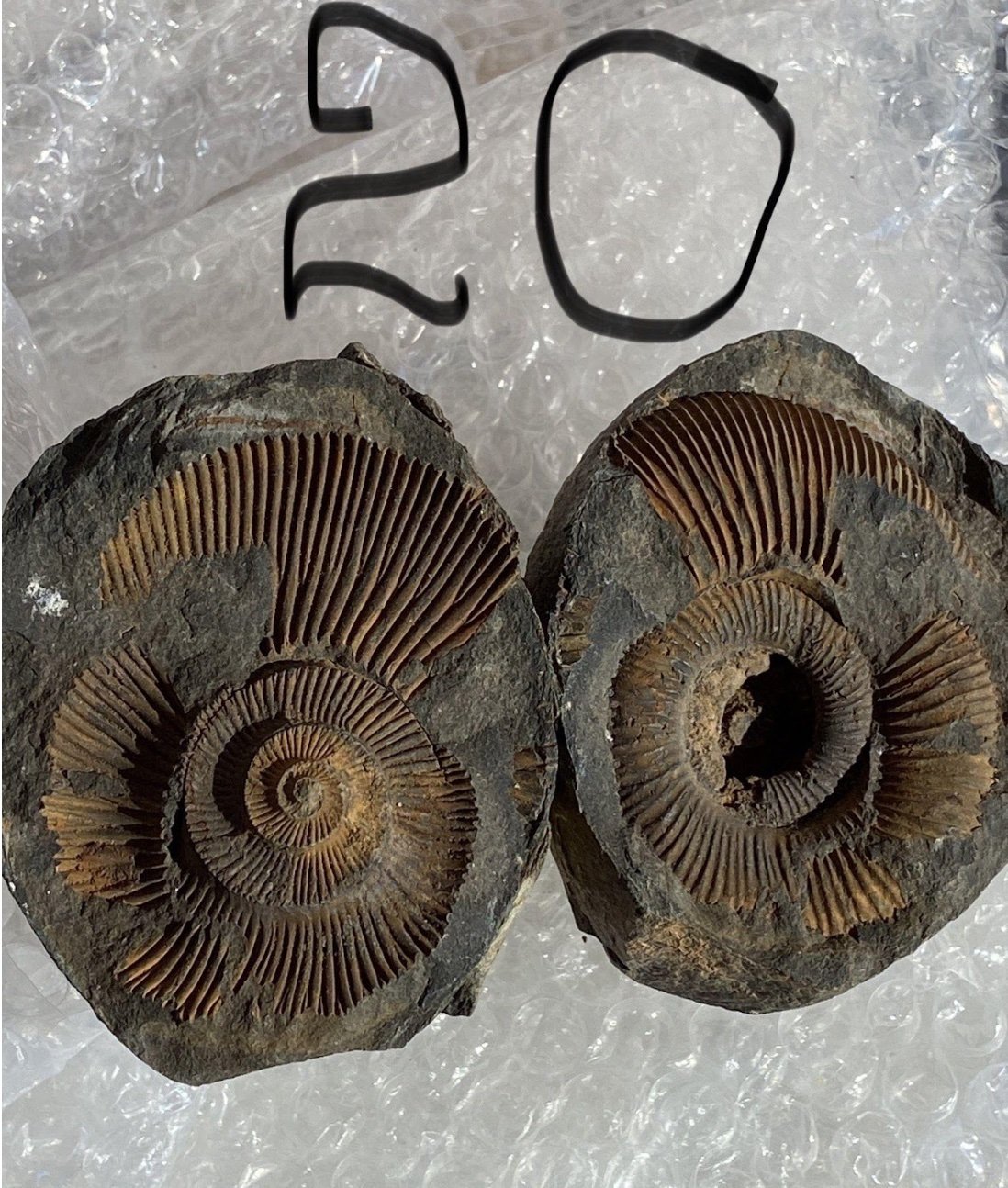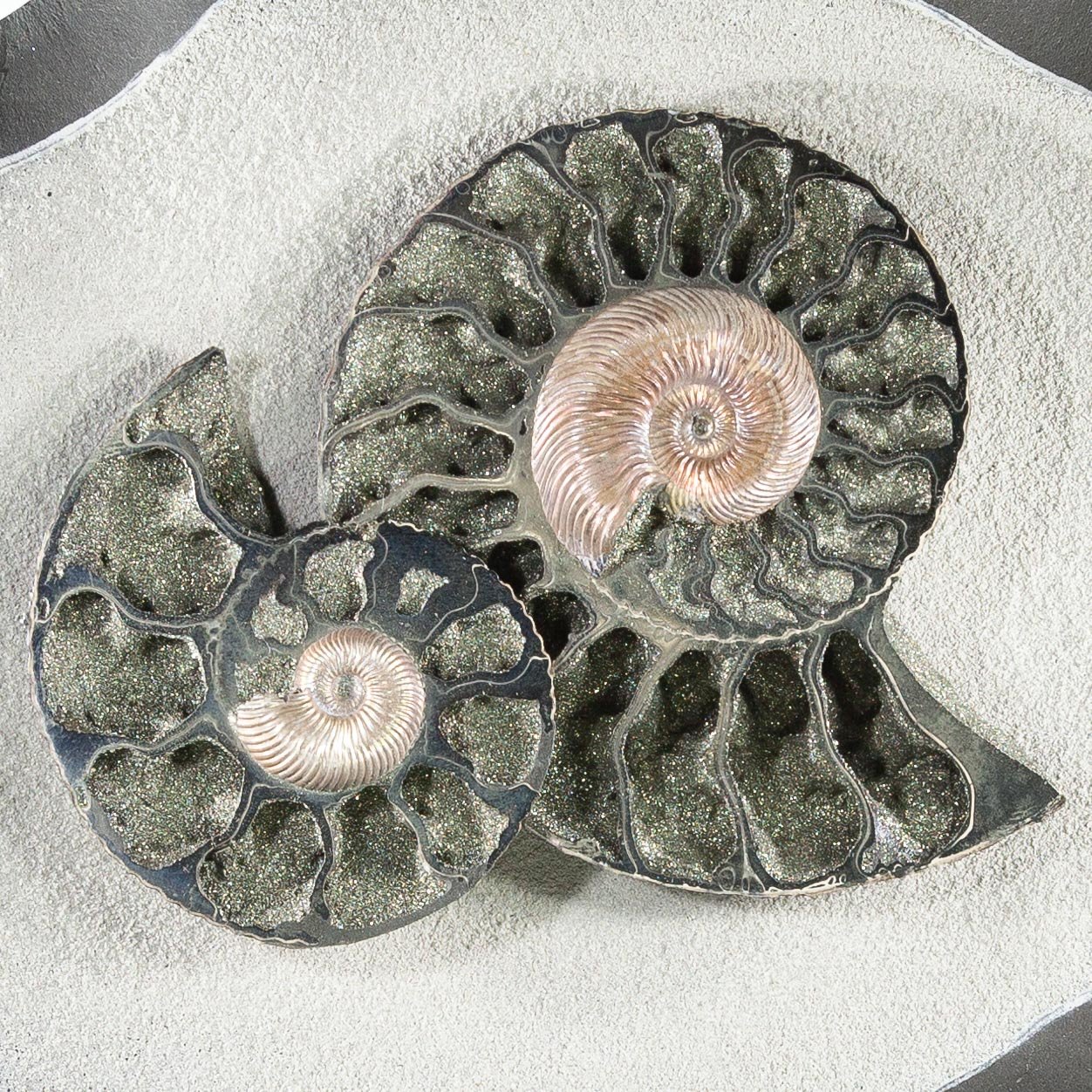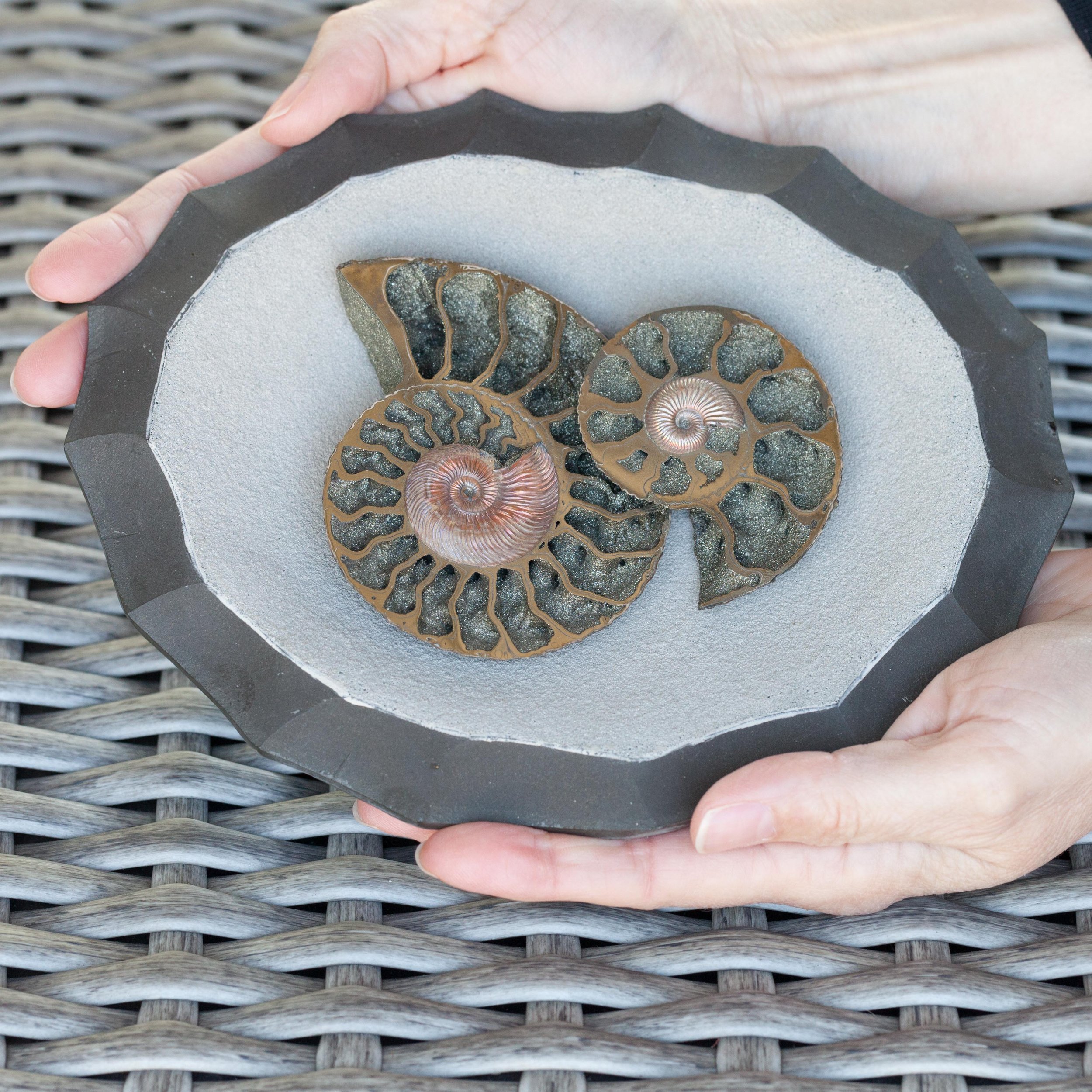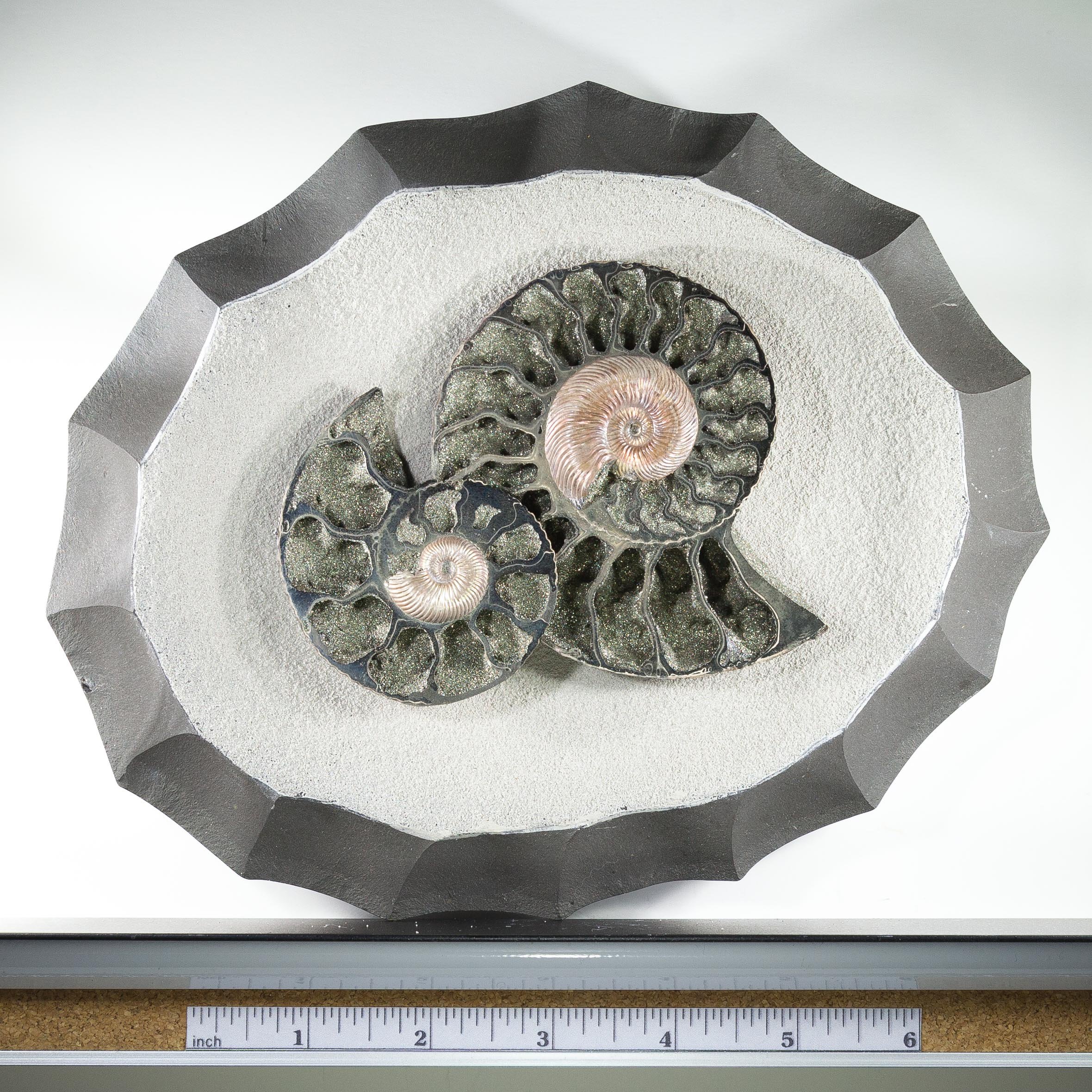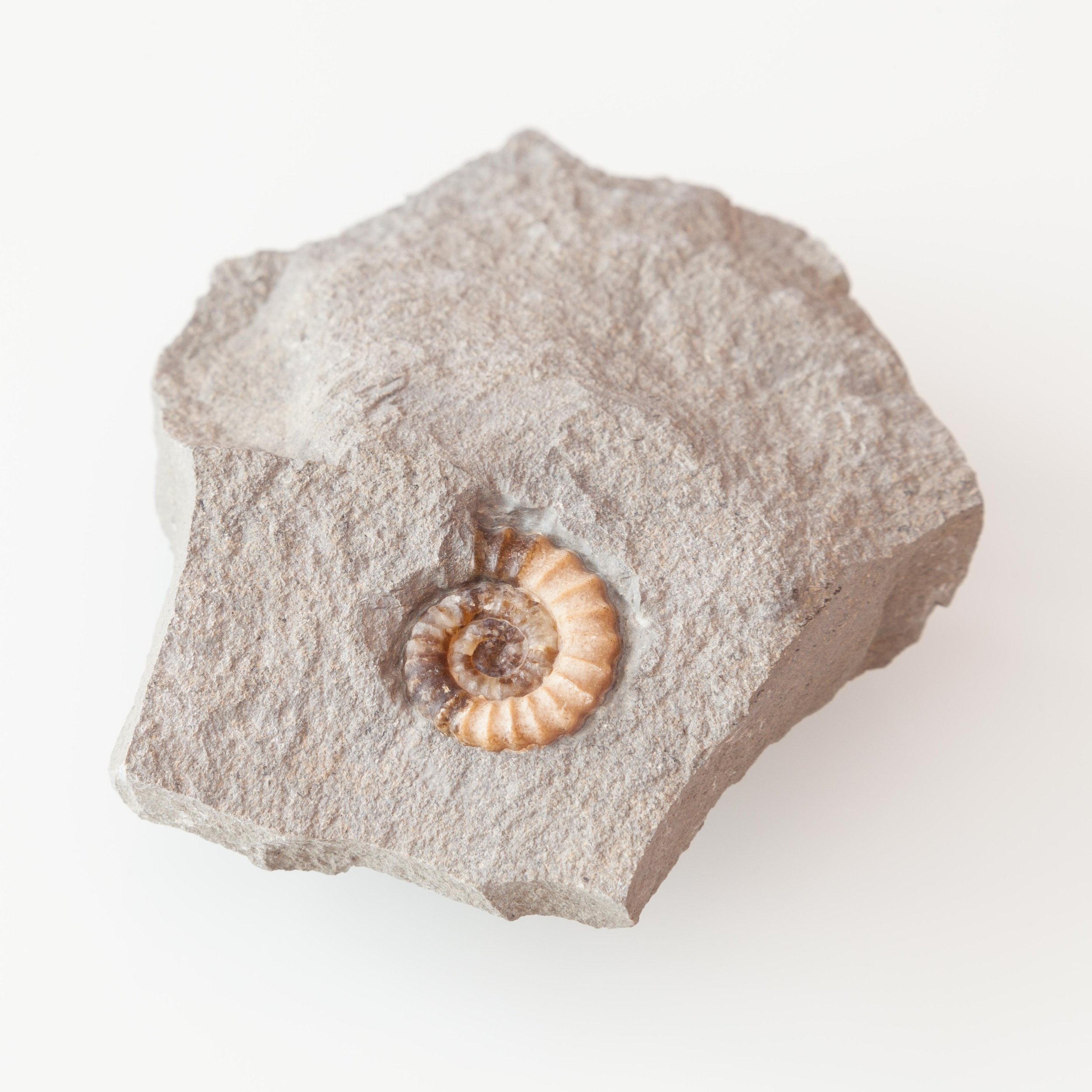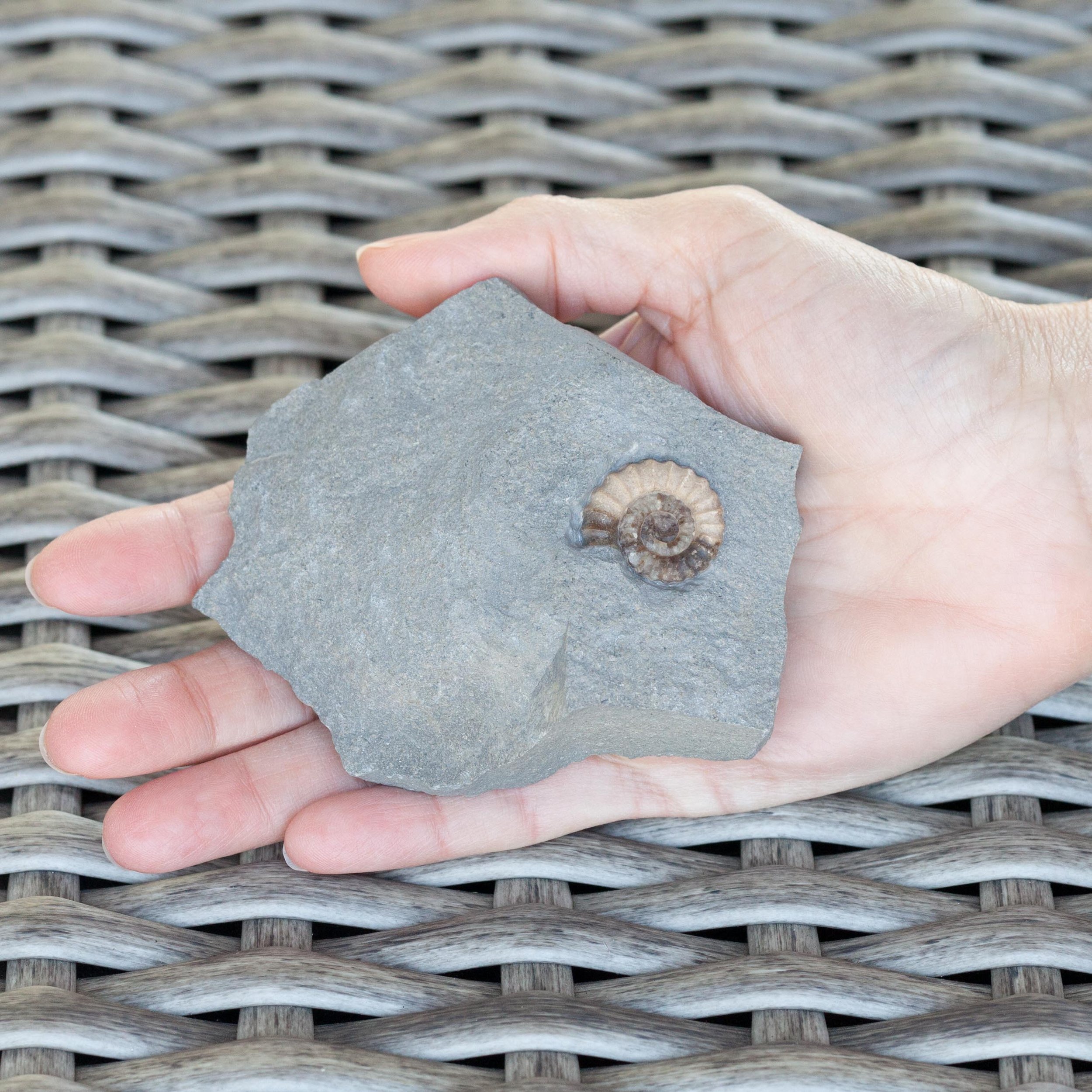Promicroceras planicosta
Vendor: Fossil Soup
SKU Number: SQ4633316
Promicroceras planicosta calcified ammonite from the Lower Jurassic, Lower Lias, Lyme Regis, Dorset, England.
Promicroceras planicosta was a species of ammonite that existed during the Early Jurassic period. These extinct cephalopods are characterized by their evolute shells with an open umbilicus and strong, flattened ribbing. Promicroceras planicosta fossils are commonly found in Lower Lias deposits, particularly in regions like Lyme Regis, Dorset, England. Their well-preserved remains contribute to our understanding of Early Jurassic paleontology and the diversity of ammonites during that time.
Dimensions are given below.
Vendor: Fossil Soup
SKU Number: SQ4633316
Promicroceras planicosta calcified ammonite from the Lower Jurassic, Lower Lias, Lyme Regis, Dorset, England.
Promicroceras planicosta was a species of ammonite that existed during the Early Jurassic period. These extinct cephalopods are characterized by their evolute shells with an open umbilicus and strong, flattened ribbing. Promicroceras planicosta fossils are commonly found in Lower Lias deposits, particularly in regions like Lyme Regis, Dorset, England. Their well-preserved remains contribute to our understanding of Early Jurassic paleontology and the diversity of ammonites during that time.
Dimensions are given below.
Vendor: Fossil Soup
SKU Number: SQ4633316
Promicroceras planicosta calcified ammonite from the Lower Jurassic, Lower Lias, Lyme Regis, Dorset, England.
Promicroceras planicosta was a species of ammonite that existed during the Early Jurassic period. These extinct cephalopods are characterized by their evolute shells with an open umbilicus and strong, flattened ribbing. Promicroceras planicosta fossils are commonly found in Lower Lias deposits, particularly in regions like Lyme Regis, Dorset, England. Their well-preserved remains contribute to our understanding of Early Jurassic paleontology and the diversity of ammonites during that time.
Dimensions are given below.
Additional Information
Ammonites are a group of extinct marine mollusks that occupy the same class that includes octopuses, squids, and nautiluses.
The group Cephalopoda is divided into three subgroups: coleoids (including squids, octopuses and cuttlefishes), nautiloids (the nautiluses) and ammonites.
During their long history, ammonites survived three mass extinctions—most notably the Permian extinction, a global warming that was brought on by volcanic activity about 252 million years ago, and that killed 96 percent of the planet’s marine species. While many species of ammonites died out in that extinction event, scientists believe the survivors diversified explosively in the million years that followed. Ammonites hunted the planet’s seas until they were entirely wiped out by the same cataclysm that claimed the non-avian dinosaurs about 66 million years ago.
References:
Promicroceras
Order Ammonoidea
National Geographic Ammonte Facts




